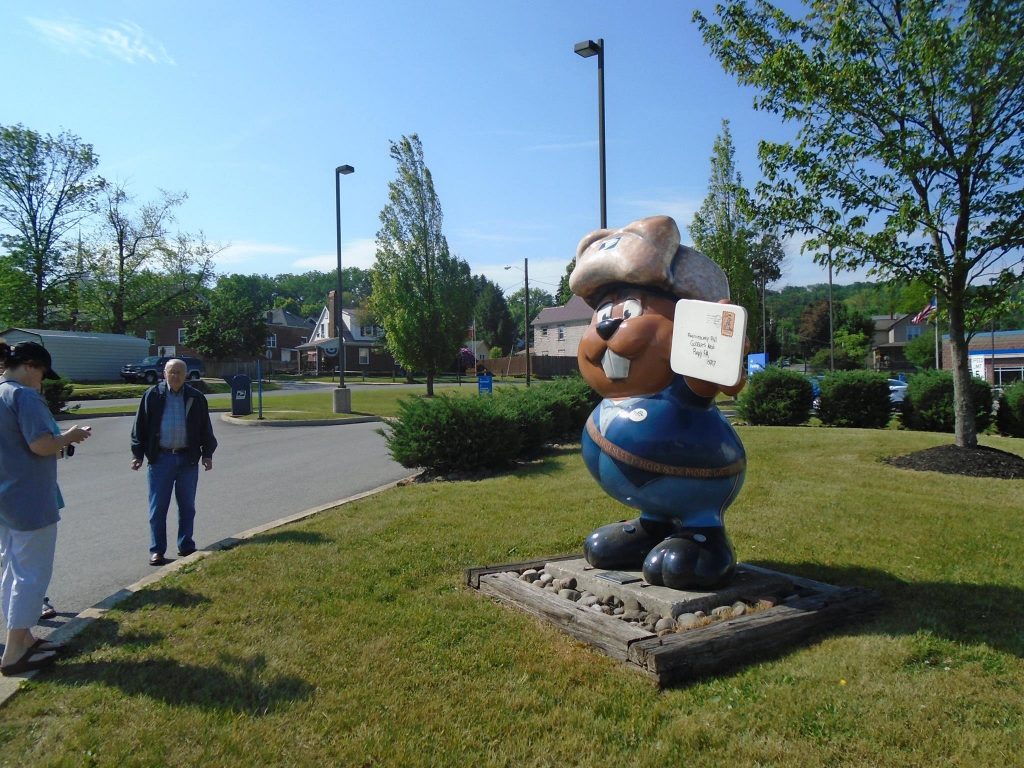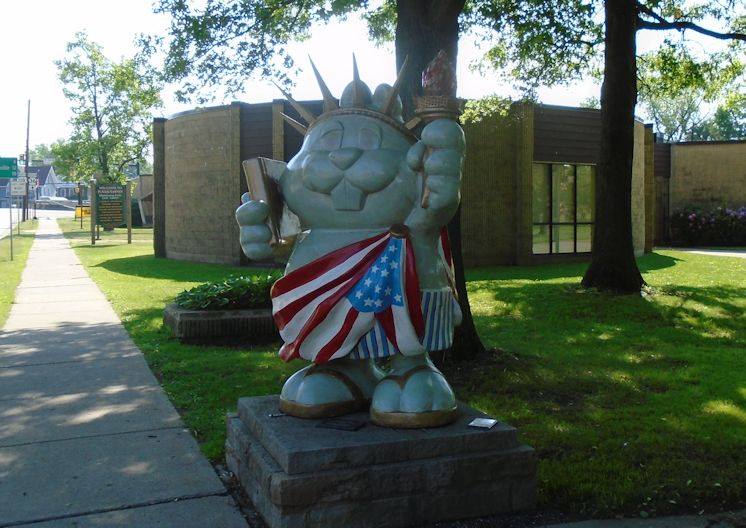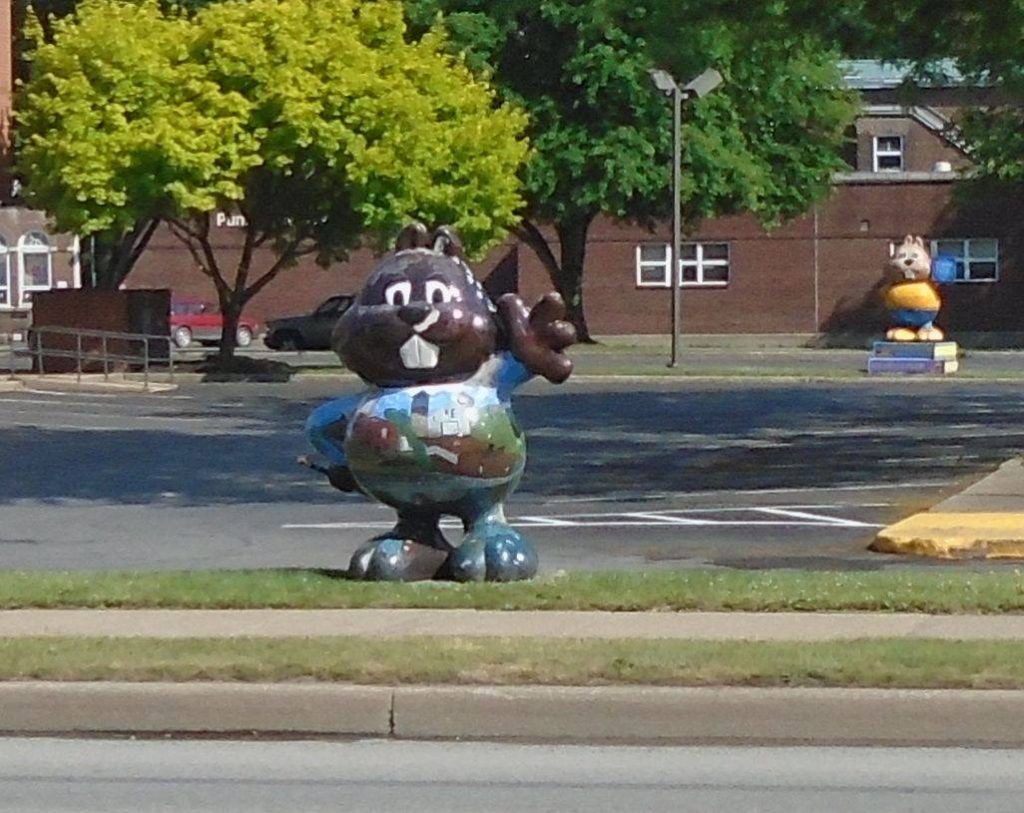Your own emotion is your biggest enemy in making smart investment decisions, that was the big take-away from a talk I attended by a financial advisor Jay Mooreland, who runs blog called “the Emotional Investor,” link below. He based a lot of his presentation on concepts of behavior economic and bounded rationality.
I am not sure that I learned anything I did not know before, but I know that I need to keep up. One of the traps you learn about when you study bounded rationality is the trap of knowledge. It usually refers to the problem that you assume that everybody knows the things you already know. It means that you do not sufficiently explain the background to others. (I am doing that here with bounded rationality. I am not explaining the concept, but I figure in this case anybody who wants to know can google it.) But another trap is that you think you knew what you did not know. If you attend a lecture, for example, and hear a fact or concept that makes sense to you, you often think you knew it before. This is a challenge for consultants. Once they reveal their solution, the client thinks he knew it already. That is one reason to ask up-front to determine what people know and do not know. This is my long explanation to say that I probably did learn, or at least confirm, more than I now believe. A man’s gotta know his limitation.
Knowing your limitation is probably the most important part of successful decision-making, especially in financial decisions. People make bad decisions when they overestimate their knowledge. NOBODY can anticipate all the movements in stock markets. Market are rational in the long run but (as Keynes said) they can remain irrational longer than you can remain solvent. So your strategy involves making generally sound decisions from the point of view of your goals and portfolio diversity but not be rattled by changes – easier said than done.
Active investors usually do worse than more passive ones, but activity feels good. You can play the games and take credit if you are on the lucky upside. The problem is emotion. Moorland gave the example of CGN Focus Fund. It was one of the best funds to own over that last five years, returning something like 18% a year (my numbers are approximate. I am writing from memory, but general magnitudes are okay). How much did actual investors make over this period? Average investor LOST money, and they lost big money – about 33%. How? It is not Wall Street dishonesty. The fault lies with investor emotion. CGN Focus fund has a narrow focus (as the name implies) and so is volatile. The trend is strongly up, but there are lots of downs. What do emotional investors do? When it drops like a stone, they panic and sell. When it is growing like a beanstalk, they pile their money in. In other words, the buy high and sell low. They are hurting themselves by their activity. Those who just sat on their hands did very well. Lazy wins.
I think the general lesson goes beyond investing. It is better to stand still than to run very rapidly in the wrong direction. Anyway, I enjoyed the presentation. I don’t know how it will change my behavior. I am already a lazy investor and cannot get much lazier.
http://www.theemotionalinvestor.org









